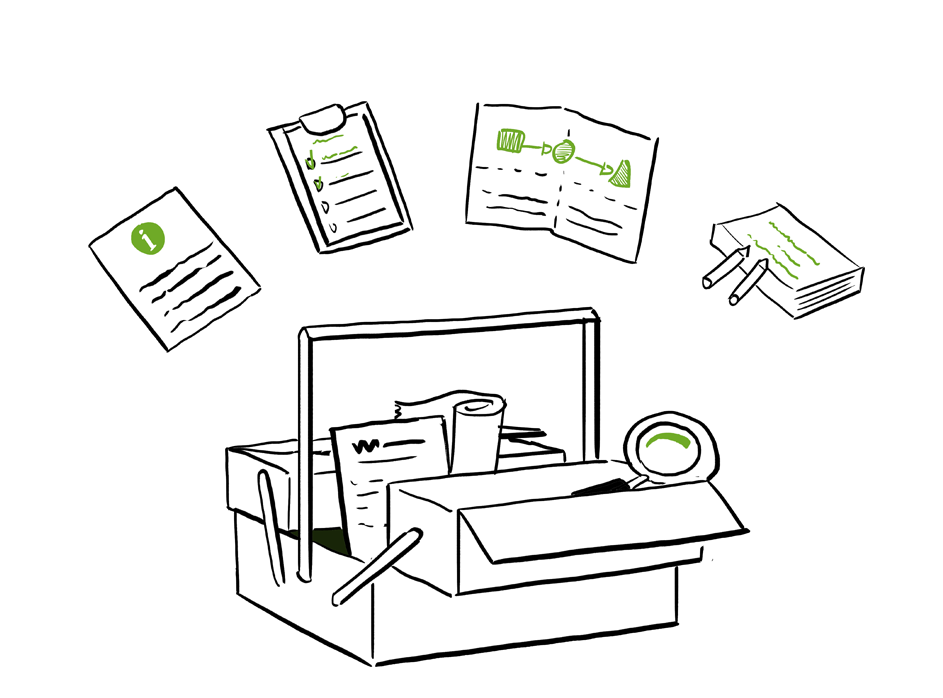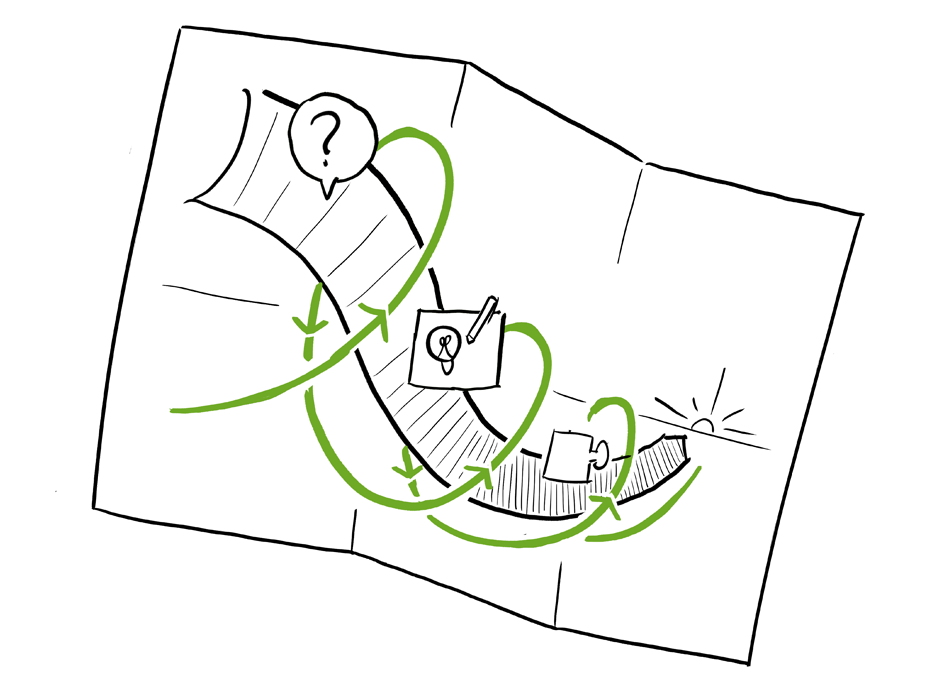Welcome to the CTA-toolbox website! Here, you will discover a collection
of practical tools designed to explore and evaluate the societal
and ethical impact of an innovation or research project.
Often it is helpful to explore multiple tools for the same innovation to
get a comprehensive overview of its impact.
Therefore, we have provided examples of these tracks to get you started.
Have a look around, feel free to experiment with the tools,
and gain valuable insights in how to create positive impact in your projects
and to practice responsible innovation!


